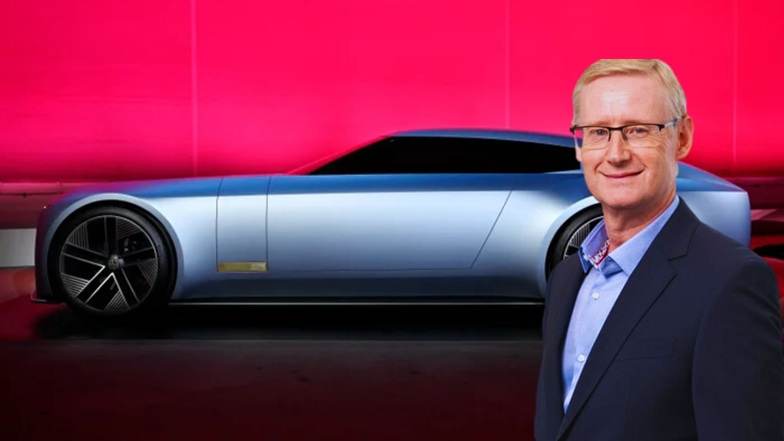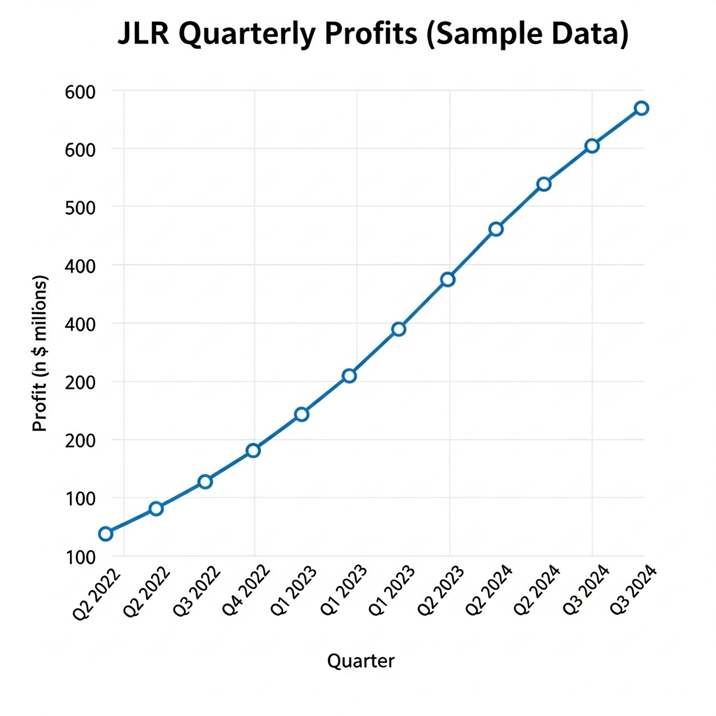Jaguar Land Rover (JLR) is entering a new era as CEO Adrian Mardell announces his retirement after nearly three years at the helm and a remarkable 35-year career with the company. Mardell’s departure, effective December 31, comes at a pivotal moment for the iconic British automaker, which is navigating a controversial transformation into an ultra-luxury electric vehicle (EV) brand.

Adrian Mardell’s leadership tenure began during one of the most challenging periods in JLR’s history. Appointed CEO in the midst of the COVID-19 pandemic, Mardell inherited a company grappling with heavy losses, mounting debt, and an uncertain future. Under his stewardship, JLR executed a dramatic turnaround, posting its 10th consecutive profitable quarter and earning $2.5 billion for the fiscal year ending March 2025—a record not seen in a decade.
Mardell’s financial acumen and steady hand helped stabilize the Tata Motors-owned company, restoring investor confidence and setting the stage for JLR’s next chapter. “Adrian Mardell has expressed his desire to retire from JLR after three years as CEO and 35 years with the company,” JLR said in a statement. “His successor will be announced in due course.”
Jaguar Radical Reinvention
Mardell’s exit coincides with Jaguar’s most ambitious transformation yet. The brand, long positioned as a rival to BMW and Mercedes-Benz, is now aiming even higher. Jaguar’s rebranding campaign has been nothing short of radical: the company has paused production of all current models, introduced bold new design language, and previewed its future with the Type 00 concept car—an androgynous, visually striking vehicle that has divided opinion among enthusiasts and critics alike.
The upcoming production version of Jaguar’s electric grand tourer is expected to carry a price tag north of $125,000, placing it firmly in Bentley territory. This move upmarket is a calculated risk, as Jaguar seeks to shed its “premium” image for a truly “luxury” one. The company’s new logo, vibrant color palette, and avant-garde marketing are all part of this high-stakes gamble.
Despite the controversy, Mardell remained optimistic about Jaguar’s future. “In today’s market conditions, I don’t see anything that is going to concern me about the success of the new Jaguar in this new world at all, actually,” he told Autocar earlier this year.
JLR Profitability Over Time
| Quarter | Profit (in $ millions) |
|---|---|
| Q2 2022 | 100 |
| Q3 2022 | 150 |
| Q4 2022 | 200 |
| Q1 2023 | 250 |
| Q2 2023 | 300 |
| Q3 2023 | 350 |
| Q4 2023 | 400 |
| Q1 2024 | 450 |
| Q2 2024 | 500 |
| Q3 2024 | 600 |

Land Rover’s Electric Delay and Market Headwinds
While Jaguar reinvents itself, Land Rover faces its own challenges. The highly anticipated all-electric Range Rover SUV has been delayed due to demand uncertainties and ongoing supply chain disruptions. These issues are not unique to JLR; the entire automotive industry is grappling with tariffs, parts shortages, and shifting consumer demand as the EV transition accelerates.
Production of all Jaguar models is currently on hiatus until the revamped lineup is ready, underscoring the high-risk, high-reward nature of the company’s strategy. Meanwhile, Land Rover continues to anchor JLR’s financial performance, with strong sales of its traditional SUVs.
Industry-Wide CEO Shakeup
Mardell’s resignation is part of a broader wave of executive turnover in the global auto industry. In recent months, CEOs at Volvo, Renault, and Stellantis have also stepped down or been replaced, as carmakers struggle to adapt to rapid technological change, regulatory uncertainty, and economic headwinds.
As JLR searches for its next leader, the company stands at a crossroads. The success of Jaguar’s ultra-luxury EV pivot and Land Rover’s delayed electric ambitions will shape the brand’s future for years to come. Investors and industry watchers will be keenly interested in whether JLR’s bold bets pay off—or if the company will need to recalibrate its strategy once again.
One thing is certain: Adrian Mardell leaves behind a more stable and ambitious JLR, ready to face the challenges and opportunities of the electric age.
Related Post
